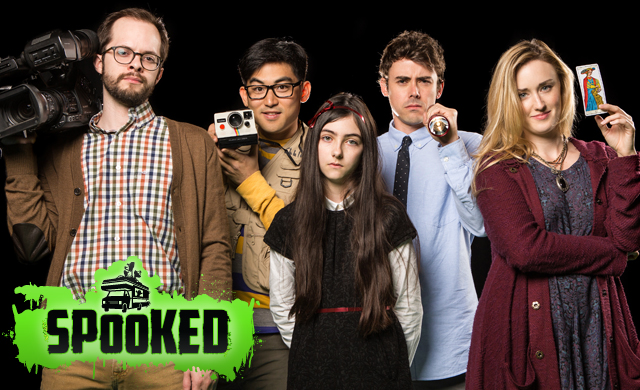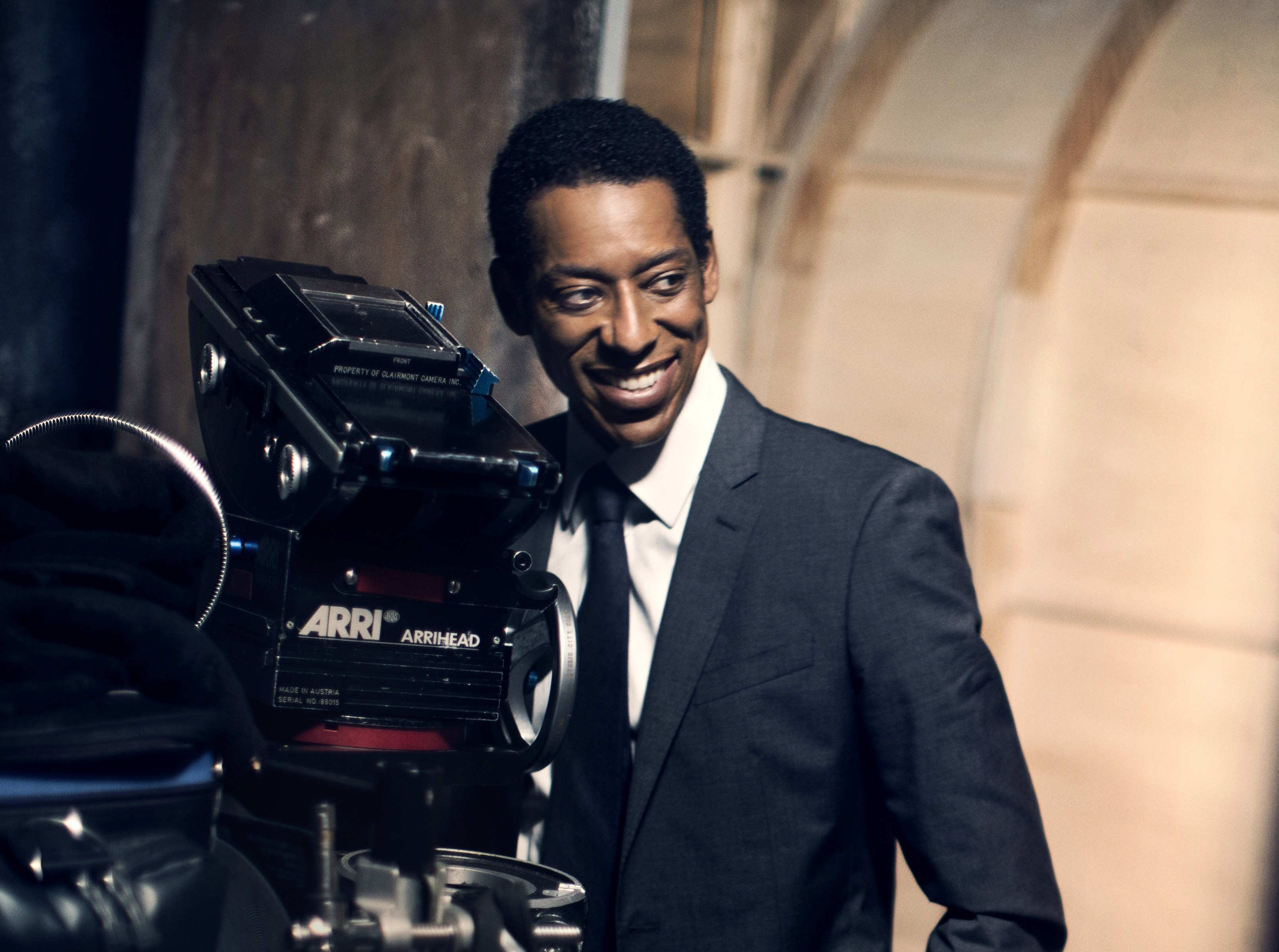Transforming Hollywood 6: Alternative Realities, World Building and Immersive Entertainment
Friday, May 8, 2015
James Bridges Theater
UCLA School of Theater, Film and Television
If you want up-to-the-minute information on what’s happening with the conference, like us on Facebook or follow us on Twitter.
New digital technologies come and go, but the public’s desire to engage with immersive storytelling worlds is here to stay. In 2014, Facebook and Google each entered the alternative realities game with a vengeance. Facebook spent $2 billion to acquire the latest virtual reality (VR) hardware company, Oculus Rift, invented by Palmer Luckey. Google countered by investing in augmented reality (AR) start-up Magic Leap, a firm that hyped its wares with a twenty-three second video clip of a lifelike elephant held aloft in a human hand. Soon after, Microsoft jumped on board with its own AR offering, HoloLens. Samsung used VR to stimulate sales of its latest Samsung Galaxy Note 4 by making its Gear VR Innovator Edition incompatible with all other smart phones and devices. Not to be outdone, Sony announced Project Morpheus, a VR system to enhance game play on its Playstation 4.
Each of these internet technology (IT) giants claims to have high-minded goals for their new platforms—as a means to enhance human capabilities in the worlds of education, science, medicine, and the fine arts. Most likely, each of these Silicon Valley industries is looking to Hollywood and Madison Avenue partners as part of a long-term monetization scheme. After all, both the content industries and the consumer brand industries are eager to whet millennial audiences’ appetites for the latest form of tech-fueled fun. At present, there’s a glut of VR and AR gadgets and not enough content. Therefore, cutting edge artists are stepping into the void, offering to experiment with these new immersive world-building tools, even if it means they must create an occasional Budweiser Margarita girl that morphs into a 4D hologram in order to pay the bill.
While dial-up modems created a generation that was addicted to email and search in the early days of the internet, once broadband internet infiltrated our homes, a generation of digital natives became addicted to making, streaming, and sharing content in the Web 2.0 era. What else does the future hold? Futurists, who spoke at the Mobile Media Summit in Barcelona in 2014, wondered out loud whether the “gigabit internet” will create a generation hooked on augmented reality, holograms, virtual reality headsets, and other “wearables” by 2025. Indeed, as pundits observed at the 2015 Consumer Electronics Show, brand marketers are placing bets not only on VR and AR, but also on our fascination with the “internet of things” – smart devices (including sensory-driven thermostats, data-driven sleep monitors, and self-driving cars) that communicate with us by means of our mobile phone. But what if “the internet of things” isn’t just another way to seed consumer desire for superfluous gadgets and services?
Some see these new technologies and new experiential worlds moving us closer to that highly anticipated, if dreaded, moment when artificial intelligence outpaces human intelligence. Imagine, if you will, what would happen if iPhone’s Siri or Microsoft’s Cortana, like Spike Jone’s Samantha in Her, outgrow their humans? In 1992, Neal Stephenson’s seminal cyberpunk novel Snow Crash imagined a future-world in which all of us are part of a virtual shared space. Those who chose to stay connected to this Metaverse via portable goggles and other equipment were called “gargoyles” for their outlandish appearance. It looks as if Stephenson’s vision is more prescient than we originally thought. Gargoyles, get ready to step out of the CAVE, strap on your Oculus Rift, HoloLens, Samsung gear, or Morpheus goggles, for the future is now.
The tendency to discuss immersive entertainment in a breathlessly futuristic language, through metaphors of science fiction, masks the larger history of these techniques and practices across the 20th and even 19th century. Thus, a key strand of this year’s event involves bringing together the perspectives of technologists with those of historians who work on earlier moments of media change, a vantage point which can help us to qualify sweeping claims about the impacts of these still emerging (and often precarious) technologies by looking at how earlier generations sought to expand sensory perceptions, to map and explore complex worlds, to immerse themselves into multimedia presentations, or to create intense collective experiences that remove us from the constraints of the everyday. We are not the first generation of entertainers who wanted to create a sense of awe in spectators, of journalists who wanted to convey a more vivid sense of the world, of museums who wanted to bring their visitors into a more immediate relationship to remote corners of human knowledge, or artists who have sought to teach us new ways to see, touch, smell, taste, or hear the world around us.




